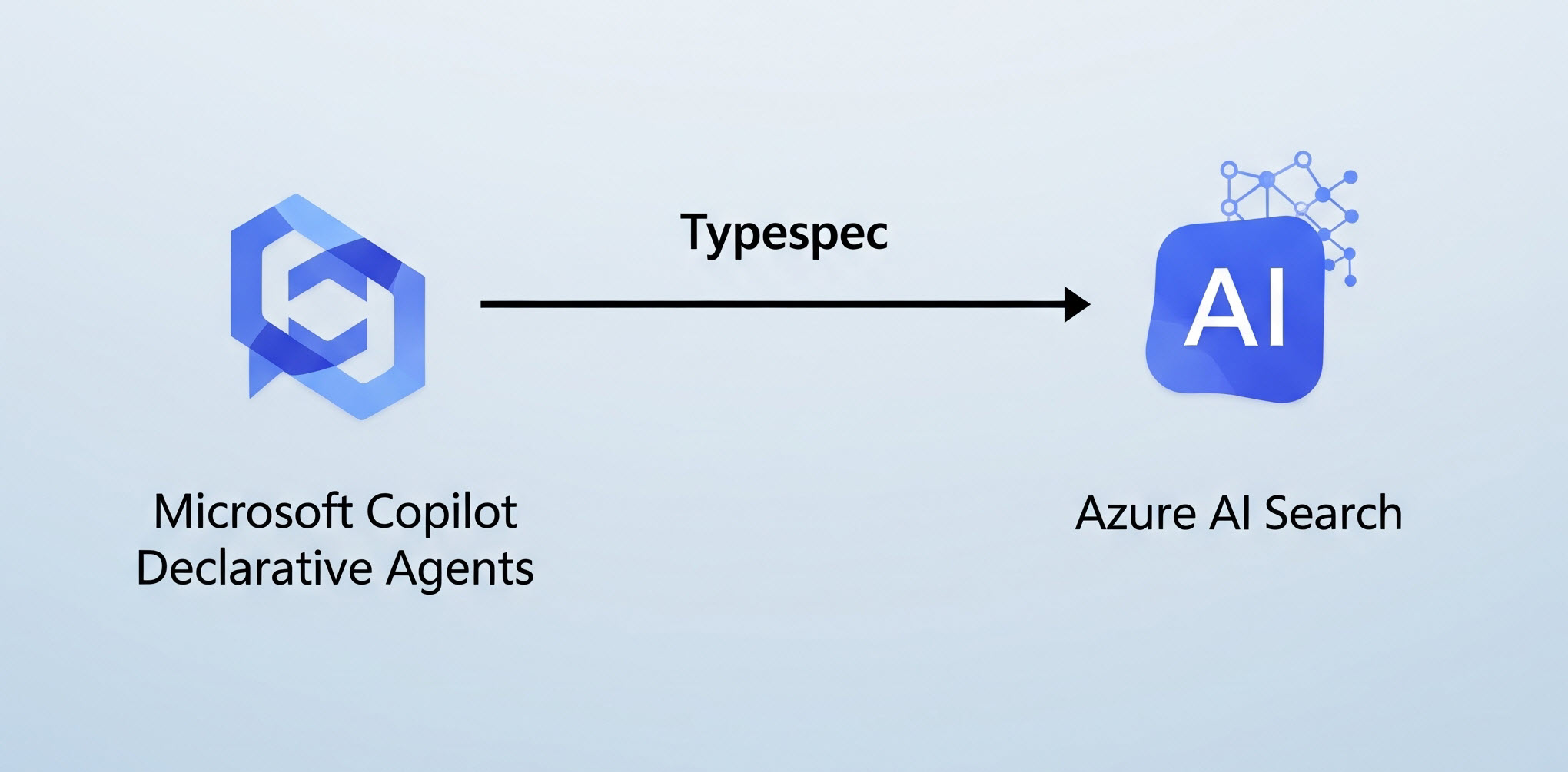Master three distinct approaches to integrate Copilot Studio agents with SharePoint Framework applications - from zero-code deployment to full programmatic control.
This comprehensive guide takes you from simple SharePoint channel publishing to advanced custom API integration, showing you when and how to use each approach for maximum impact.
Whether you need rapid deployment or pixel-perfect branding, find the perfect integration strategy for your requirements.

Ejaz Hussain
A seasoned Developer Architect, I live and breathe innovation on Microsoft 365 and Azure. Combining deep tech expertise with a passion for impactful solutions, I craft robust, scalable applications that unlock the full cloud potential. From designing intricate architectures to building secure, efficient apps, I bring ideas to life, always one step ahead in the dynamic tech landscape. As a Microsoft Valuable Professional (MVP), I remain at the forefront of emerging trends, consistently expanding my knowledge to offer clients the most effective and future-proof solutions. Passionate about tech beyond the workplace, I contribute to open-source projects, share knowledge through writing and discussions, and actively engage in the tech community through events and conferences.
